Anime, blossoming sakura, exquisite food, unapologetic street fashion and poetic geisha softness; the world inside out – surrealistic and utopian – this is Japan. Each person finds its uniqueness different every single time. When you’re craving something special, it’s time to visit the country of peacefully coexisting contrasts.
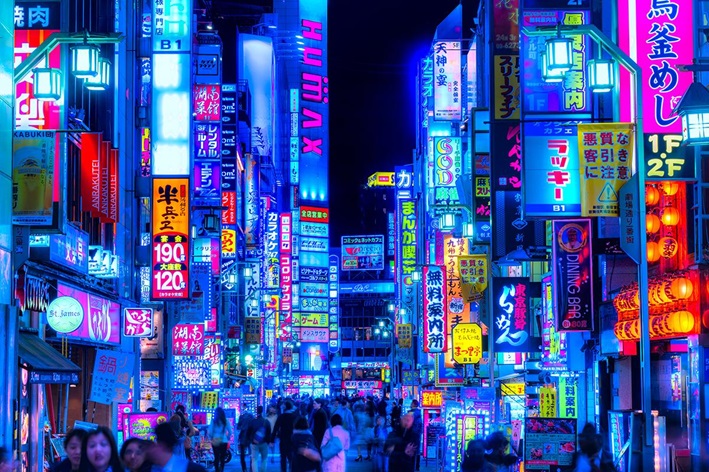
Japan is much bigger than the combination of its crocked stereotypes: it is 8 hundred cities, over 3000 islands, science, architecture, nature and borderline mystical experiences which Japanese don’t take lightly.
Peculiarities begin right here, in the stratification of the cities. Based on population, agriculture and household commerce the cities are divided into following categories:
- Designated city
- Central
- Special
Tokyo, Japan’s capital, has its own special story. Since 1943 it is legally classified as a special type of prefecture called a metropolis. The 23 special wards of Tokyo, which constitute the core of the Tokyo metropolitan area, each have an administrative status analogous to that of cities. Tokyo also has several other incorporated cities, towns and villages within its jurisdiction.
Let’s start there.
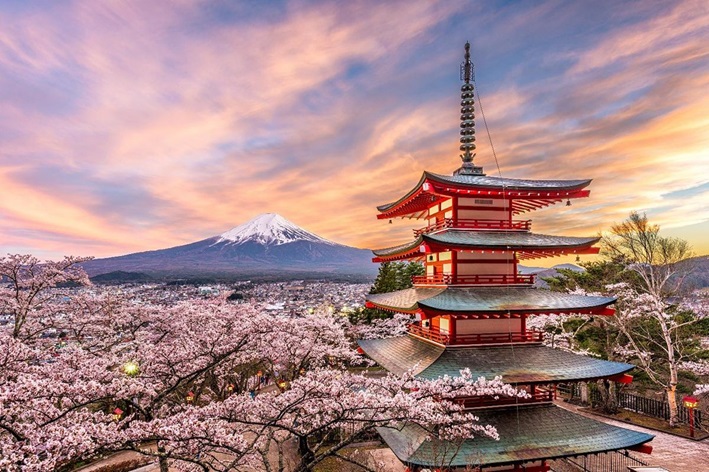
Tokyo has the highest density population in the world (whopping 40 million people!), mod architecture neighboring with villages and breathtakingly loud beauty that comes alive at night. You will hardly be able to study all of it in one sightseeing tour. It makes more sense to tag your “must see” places ahead of time and purchase a single pass to all the museums, galleries and gardens you want to visit.
The tourists call it a whole different planet and suggest at minimum you visit Tokyo Disneyland, Anime Museum and The Little Prince Museum.
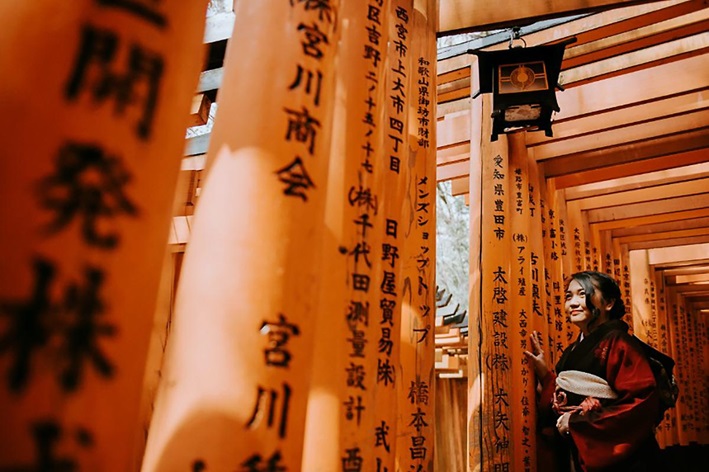 Kyoto
Kyoto is a former capital with a thousand years of history, picturesque cultural spots and maximum contrasts. The train hub, airport and the most futuristic Nagoya station building towering over as if from another dimension the traditional Japanese Minka houses with their gabled roofs and green gardens.
Among favorite things tourists mention are spectacular temples, the Stone Garden, Gion geisha district and of course the majestic mount Fuji with cherry blossoms views. The best time to see this Japanese staple and enjoy the charming nature’s phenomenon is in April and May during the The Fuji Shibazakura Festival in the Fuji-Hakone-Izu National Park.
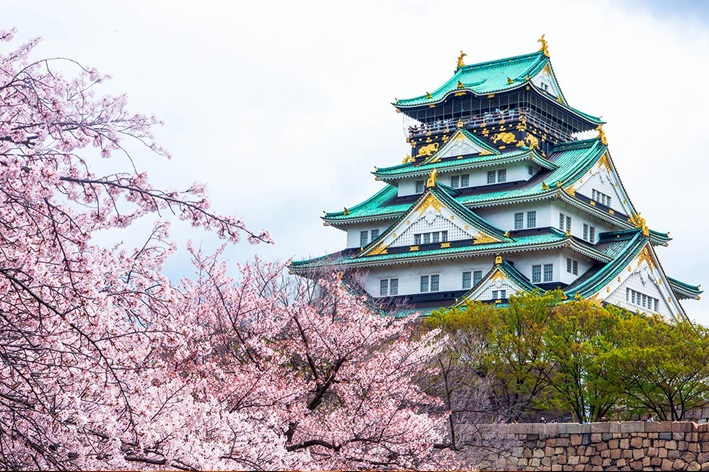 Osaka
Osaka is the known as the third trade capital of Japan about 500 km West of Tokyo. Most of the historical legacy has been destroyed during the WW2, but there are still plenty of sights to see. Universal Studios alone competing for attention with Disneyland is worth the visit or America-mura – a little piece of the United States with its own Statue of Liberty and a local King Kong watching you from a skyscraper.
Tourists rave about the Maritime Museum, the World Trade Center, Sumiyoshi Taisha Shrine and Dotonbori Business Park. It is also said that people from Osaka are the most open and optimistic people in Japan.
Useful Info
When to visit Japan
Local climate is mild and somewhat structured with four distinct seasons:
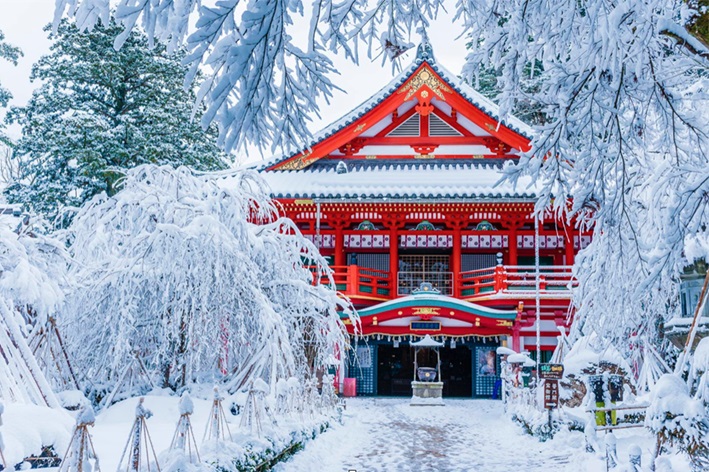
1.Winter in the South is humid, sunny and doesn’t get colder than 0C. During the day average temp is 8C and in some cases it goes up to 20C! Snow is rare and doesn’t stick to the ground, but it rains quite often. It’s a great time for excursions, traditional kite flying and December festivities with its illuminations and fireworks. Northern winter is snowy with snow on the ground all the way into March. Temperature fluctuates from -5C during the day to as low as -15-30C at night. Perfect timing for ski resorts and bright and colorful city life exploration.
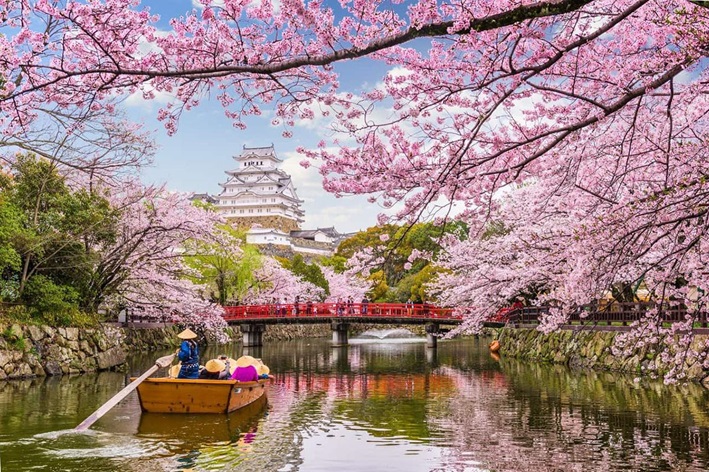
2.Spring comes swiftly, pouring in colors of blooming sakura, apricot trees and multiple festivals. It’s a good idea to book your stay in advance, especially if you’re planning on visiting in April. May is traditionally called tsuyu literally meaning "plum rain" because it coincides with the season of plums ripening. The weather is comfortable with +17-22C during the day and +9-12C at night, averaging +25C by the end of the season.
3.In the summer the rainy season can continue all the way into August, with typhoon season that can affect your travel plans. Pick a beach resort this time of year or travel to the mountains for some cooler weather beauty to protect yourself from scorching +30-40C heat. Accordingly, the hotel and ticket prices are lower in the summer, yet August still has plenty of festivals to offer to make up for the rain.
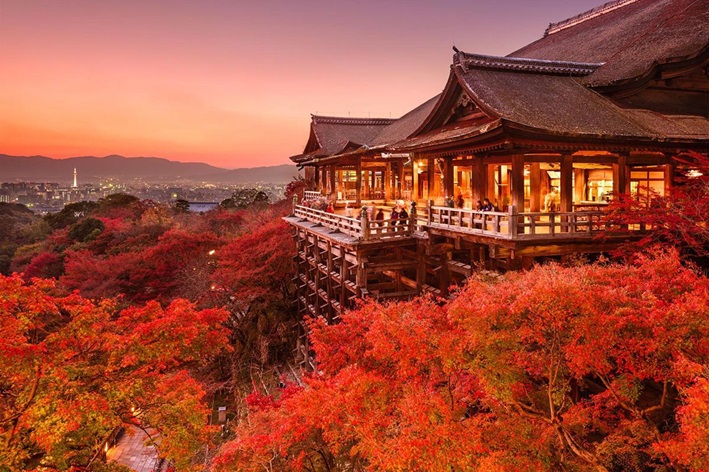
4.Finally fall brings the full charm out of Japan. Typhoons, winds, rain and the heat subside, leaving the tourists to enjoy warm weather all across the country, with anywhere from +10C to +30C during the day and up to +10C at night. Fall is for the mountains, mushroom hunting, mind-blowing carnivals, crab and fugu season. It’s not easy to find a hotel reservation this time of year, so be sure to check Bilifo early for the deals we have to offer.
Do I need a visa?
Yes, but it’s not scary and most importantly, free. The visa regulations have been simplified in 2017 and no longer require an invitation.
With the basic list of documents, it will take you about 4 working days to acquire a three month visa. Health insurance is not mandatory but is recommended for most travel.
You can also use a travel agency that will take care of all the formalities for 7000 rubles per each Russian citizen, but the application process is so easy you might want to save the money for your vacation instead.
How to get here
Aeroflot and Japan Airlines offer a 9.5 hour non-stop flight from Moscow. Other flights with up to 2 stops are offered by Chinese or Korean Airlines, FinnAir and S7. You can use local trains, Keisei railway, buses and taxi (most expensive of all) to get into the city from the airport.
How to travel in Japan
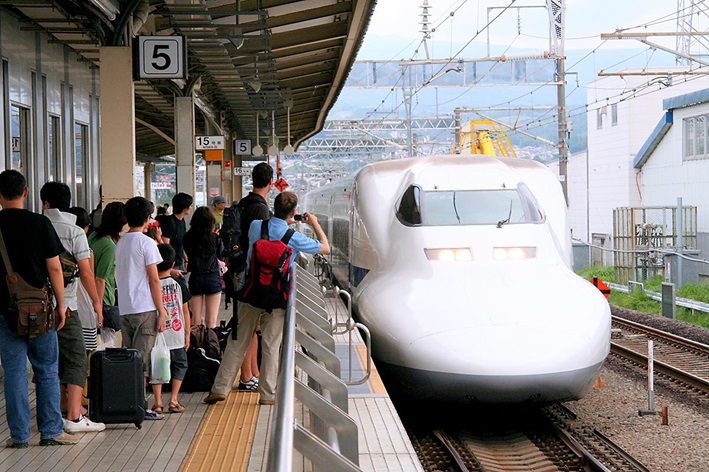 By train
By train. Shinkansen, tokkyu, kyūkō, kaisoku, futsū are all the trains in descending speed order, but not comfort. All trains are equipped with coffee and beverage machines, toilets, phones and multi-lingual boards. It would be a good idea to purchase the train pass in advance for a number of days or weeks. Metro is only available in big cities, open from 5am to midnight.
On wheels. Japan offers well thought-out bus itineraries, mostly running from 7am to 9pm. Taxis are available everywhere but are pretty pricey, depending on where you’re going and when. Beware that the Russian Driver’s License is invalid in Japan. You can rent a car for country travel (starting at $75 a day), but it’s impractically useless in the city – roads are oversaturated, parking is extremely limited and gas runs about $1.5 per liter. Plus, the risk of dealing with rigorous Japanese police officers and unfamiliar left hand driving.
Advice to the traveler
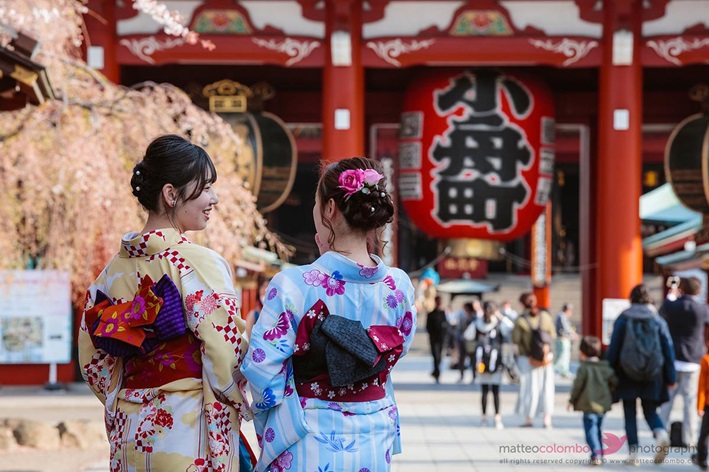
The Japanese are in a lot of ways friendlier than they are talked about, but extremely pedantic, strict with themselves and others. Below you will find advice on how to act to ensure you don’t behave in a way disrespectful to their traditions.
It lacks culture to eat and walk at the same time. Literally. You can stand and eat, even in public transportation, better yet in designated spaces.
Always keep your phone on silent. Similarly, keep your loud conversations for the home atmosphere as well. And if you can still answer your phone on the street quietly, it is definitely frowned upon during public commute.
It is almost impossible to find public garbage cans on the street, so people usually take their trash home and sort it to dispose of accordingly.
Shoes always come off before entering a household, a shrine, any traditional restaurant, fitting rooms, etc.
You have to ask permission before taking a picture of another person, product or exhibition.
Smoking is allowed in designated areas only, so be sure you inquire before you light up, in order to avoid any fines.
If you happen to stand by the panel board inside an elevator, it is up to you to press the buttons for all and be the last one to exit the elevator.
Most restaurants will have a ticket machine to get in line for your table, similar to our bank queue ticketing.
It’s fairly hard to find an English speaker in the middle of Japan, so if you get lost, you can go straight to the police: they will “return” you to your hotel.
In short, try not attract any attention with the breadth of your soul and the decibels flying out of it. Clean up after yourself wherever you are. It’s a custom that translates even to a fast food restaurant – the return trays must be clean.
To edit and paraphrase Eleonory Gilburd, you don’t have to die, but it’s much more interesting to see Japan in your lifetime than Paris.